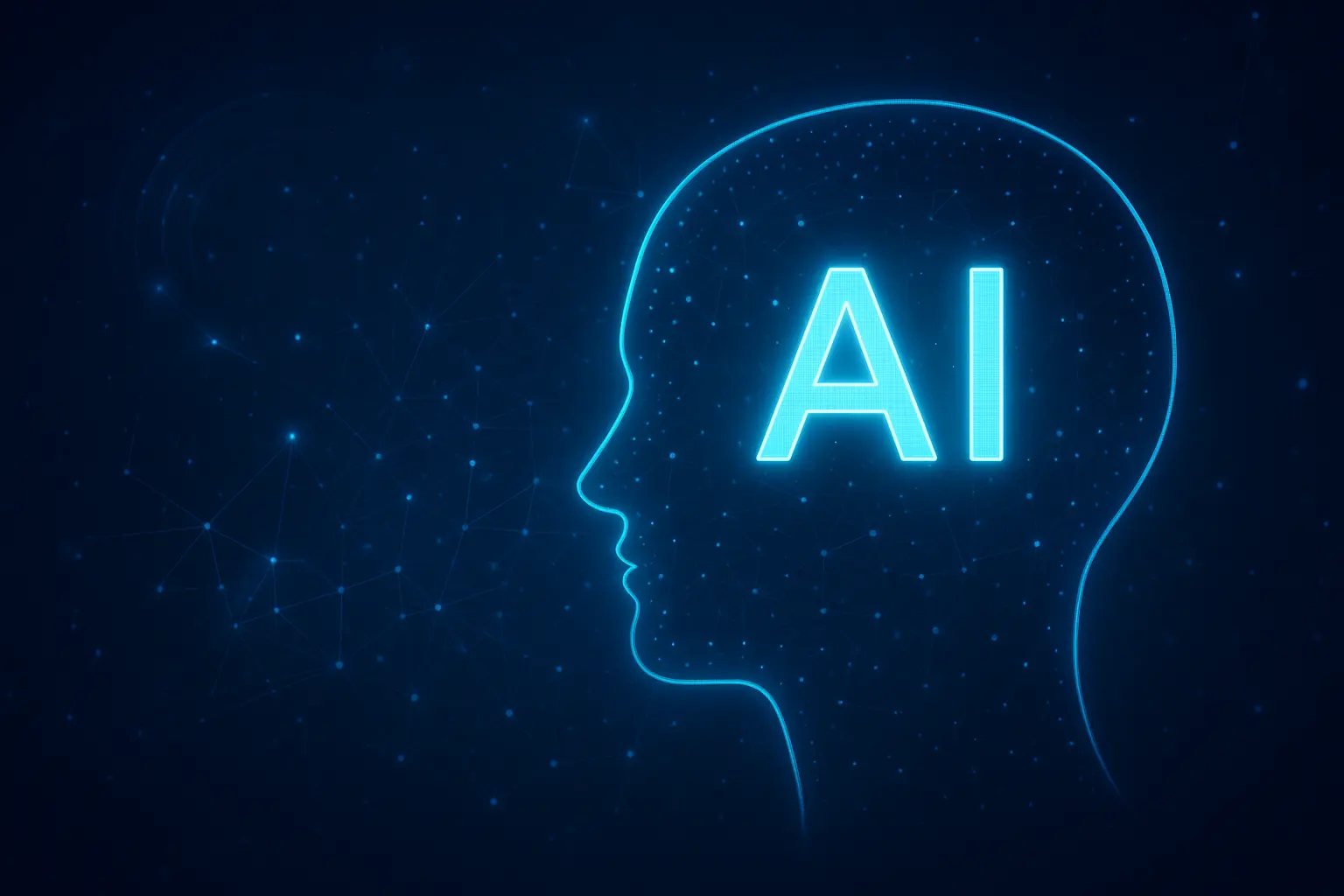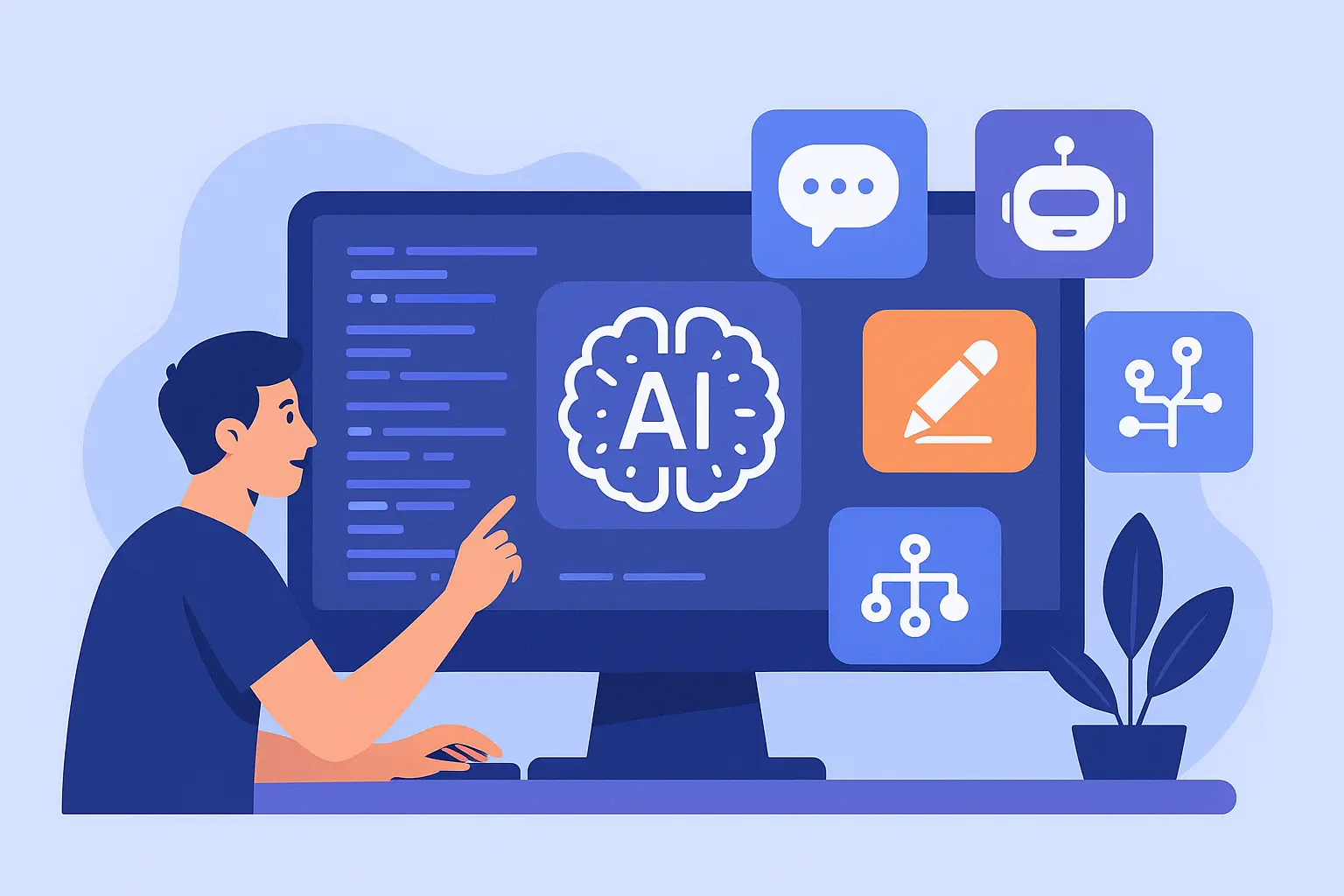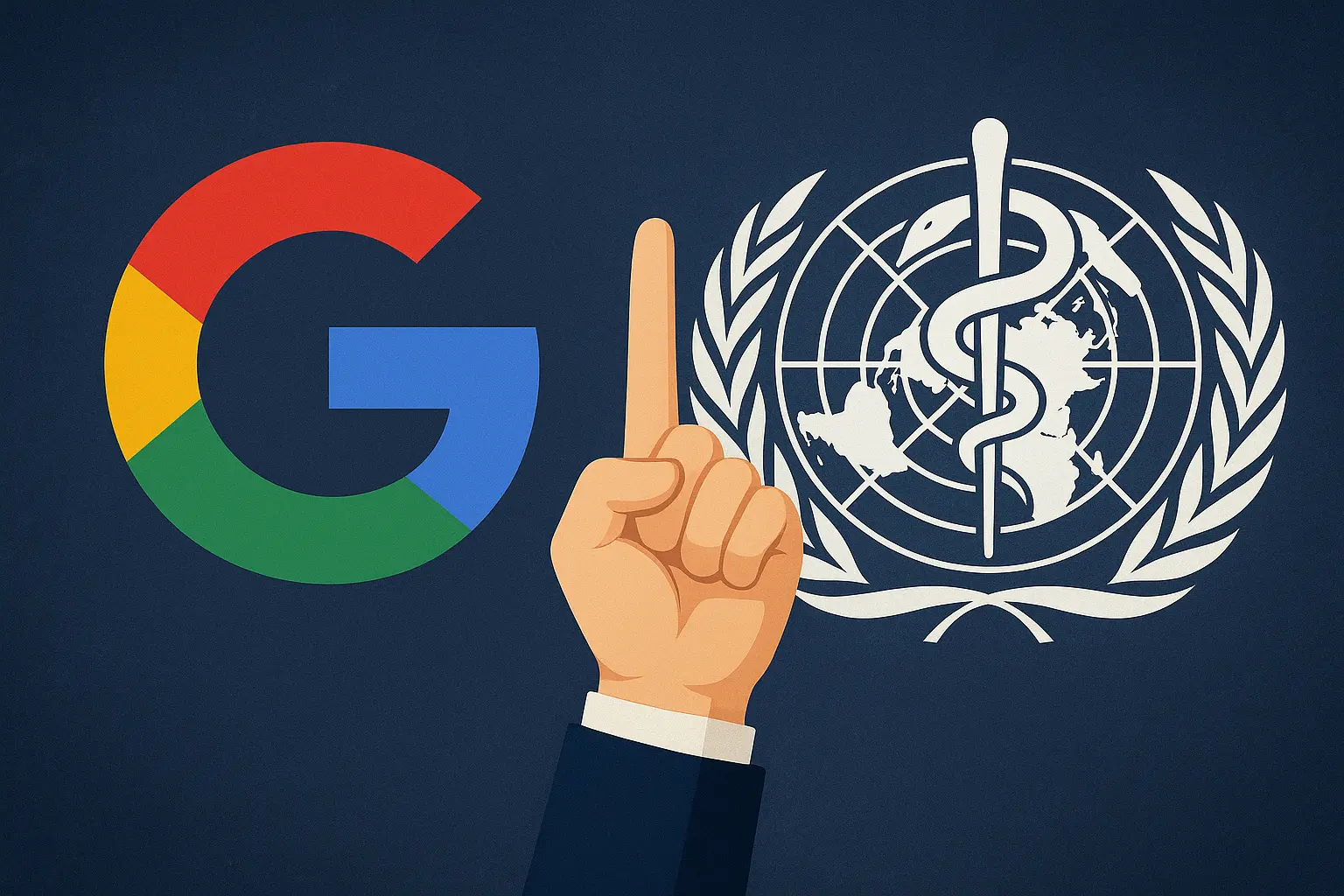The year 2026 is shaping up to be a defining period for artificial intelligence. After years of rapid growth, intense investment, and widespread global debate, the central question remains clear: will AI finally meet its long promised potential. Since early breakthroughs in generative systems, organizations have experimented with automation, predictive models, and decision support tools. Although progress has been significant, many sectors still wait for consistent reliability, scalable solutions, and measurable economic transformation. Current trends suggest that 2026 may offer a clearer answer as the technology matures and regulatory frameworks stabilize.
ALSO READ – Canada Enhances AI Regulations With New National Framework to Govern Automated Systems
Industry analysts observe that AI is transitioning from novelty focused innovation to utility focused deployment. The shift is driven by enterprise demands for productivity and streamlined operations. Businesses no longer seek flashy demonstrations. They require systems that integrate with real workflows and sustain performance under pressure. In many cases, early adoption revealed gaps in accuracy, transparency, and stability. Developers have since redirected their efforts toward improved architecture, refined training methods, and stronger data governance. These technical adjustments form a foundation that could bring AI closer to fulfilling its promise in 2026.
One significant area of advancement is automated reasoning. Research teams have concentrated on reducing hallucination rates in language and vision systems. The objective is to ensure consistency between model outputs and verifiable information. By enhancing reasoning layers, developers aim to create systems that can support scientific research, legal analysis, and medical documentation without frequent error. If these improvements mature by 2026, they could position AI as a reliable partner in professional environments rather than a tool that requires constant supervision.
ALSO READ – Free AI Tools Revolutionizing IT Work in 2025: A Game-Changer for Professionals
Another crucial factor concerns the global regulatory landscape. Several countries have drafted comprehensive policies that define acceptable use, data rights, and accountability structures. Stable regulations encourage businesses to invest without fear of unexpected compliance shifts. They also build trust among users who expect transparency and ethical oversight. The combination of clear governance and advancing capabilities could help AI cross the credibility threshold that has held it back in previous years.
The economic impact of AI in 2026 is expected to hinge on adoption within manufacturing, logistics, healthcare, and financial services. These industries depend heavily on pattern recognition, forecasting, and process automation. Improved models can optimize production schedules, reduce waste, detect fraud, and personalize treatment plans. The challenge lies in implementation. Companies must upgrade legacy systems, train their workforce, and standardize data practices. Progress in these areas has been uneven. Therefore, the promise of AI in 2026 may depend less on technical capability and more on organizational readiness.
Consumer facing AI will also play a major role. Smart devices, personalized assistants, and adaptive learning platforms continue to grow more intuitive. Enhanced multimodal capabilities allow systems to interpret text, images, audio, and environmental signals simultaneously. These features could elevate user experience by offering accurate context based responses. However, consumers expect reliability and privacy. Their acceptance will determine whether AI becomes a daily utility or remains an occasional convenience.
Despite optimism, barriers remain. Computational demands continue to rise as model size increases. Energy consumption associated with large training cycles poses environmental and financial challenges. Several companies are researching energy efficient architectures to address this concern. Hardware innovation, especially in specialized chips, is progressing rapidly. Still, the timeline for widespread availability remains uncertain. If hardware constraints persist into 2026, the full potential of advanced AI systems may be delayed.
Workforce implications add another layer of complexity. Automation promises increased efficiency, yet it raises concerns about job stability. Studies indicate that AI is more likely to transform roles rather than eliminate them outright. Employees will shift toward supervision, quality control, and creative problem solving while routine tasks become automated. Effective transition strategies, including training and support programs, will be necessary to ensure balanced outcomes.
By 2026, the most important question may center on alignment between expectations and reality. AI has often been marketed as a transformative force capable of solving broad societal challenges. In practice, progress has been incremental. The systems of 2026 will likely be more powerful, more reliable, and more accessible than earlier generations. Yet they may still fall short of the grand vision that has dominated public imagination. True transformation will require long term investment, responsible governance, and a realistic understanding of what AI can and cannot do.
In summary, 2026 holds the potential to mark a significant step toward fulfilling AI’s long awaited promise. Advances in reasoning, regulation, hardware efficiency, and enterprise adoption may create a stable environment for meaningful progress. Whether this progress fully satisfies global expectations remains to be seen. AI is evolving rapidly, but its ultimate impact will depend on how society chooses to shape and deploy it in the coming years.






